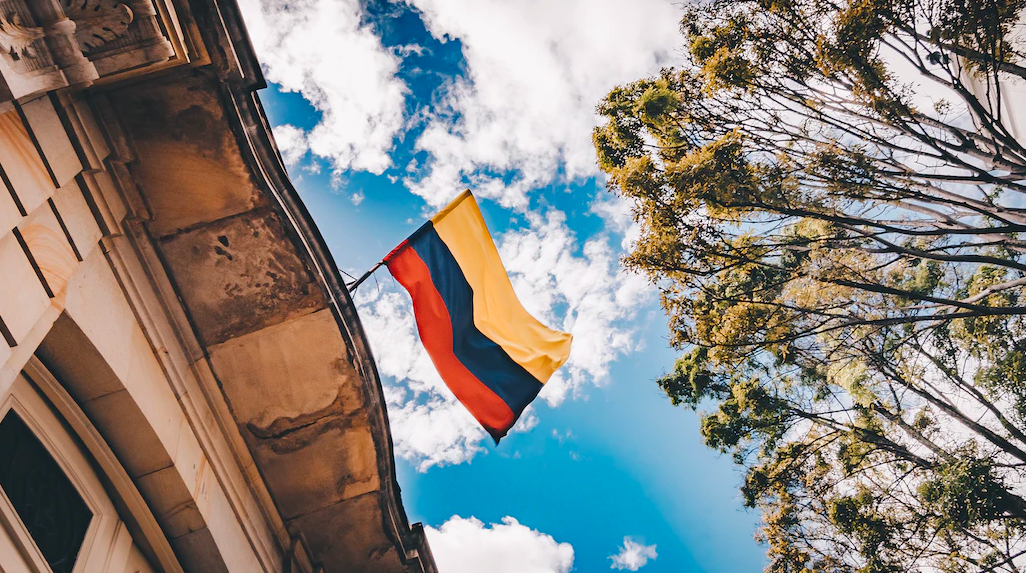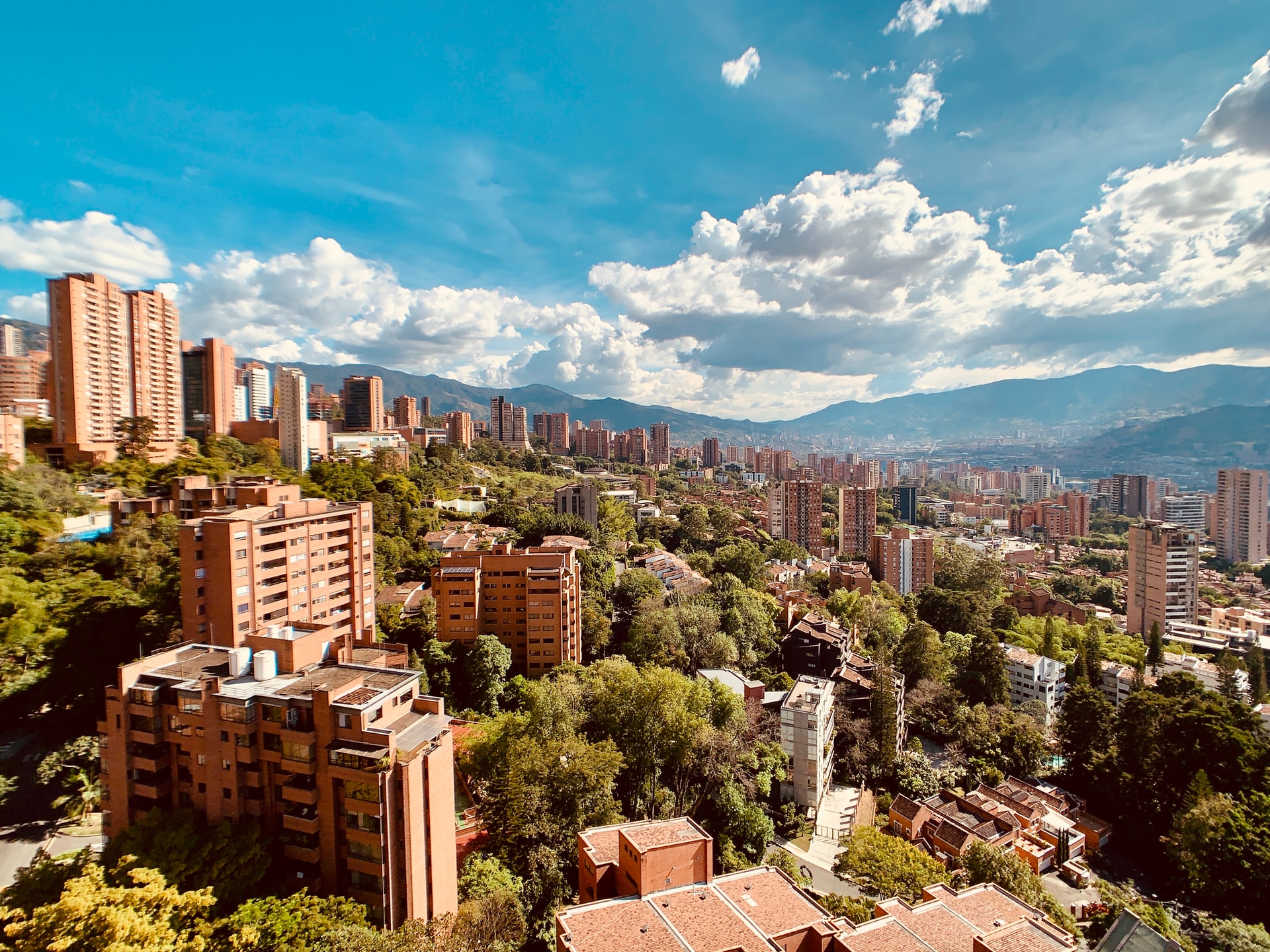 Olly West looks at Colombian business forecasts as the country adjusts to the new reality of lower oil prices. We also ask members of the business community for their hopes and concerns in their respective sectors for the coming 12 months
Olly West looks at Colombian business forecasts as the country adjusts to the new reality of lower oil prices. We also ask members of the business community for their hopes and concerns in their respective sectors for the coming 12 months
The Post’s view: Five essential economic themes for 2016
 The peso
The peso
Colombia’s currency has been one of the worst performing in the world in 2016, so unsurprisingly the businesspeople we interviewed have it at the forefront of their minds. There are both beneficial and detrimental economic effects. Exporters are theoretically benefiting, investment and tourism has become more attractive on a relative basis, and the external and fiscal accounts can more easily adjust to the slowdown in growth. But imports are more expensive, inflation is high, and the spending power of Colombian consumers and companies is much lower both at home and abroad.
 Oil price
Oil price
Not only is the slump in the price of crude oil – which dropped from over USD$100 per barrel in July 2014 to just above $40 now – the main factor in the currency fall, but oil also accounts for a serious chunk of national and regional government revenues. Lower prices are therefore putting pressure on public finances. Furthermore, the viability of certain oil companies, most infamously Pacific Rubiales, has come under scrutiny, and inevitably investment in the sector is down – which is bad news for the job market. Energy and commodity market analysts are not expecting a return to old price levels in the medium term, so don’t expect good news on this front.
Building roads…
 President Santos’ flagship 4G road infrastructure programme is due to award more than USD$23 billion of projects in five years, which JP Morgan expects will have a 1.5% impact on GDP. This could potentially make up for some of the downturn in oil investment in the short term, and should provide significant competitive benefits in the long term. But the programme comes at a time when financing for emerging markets is neither as available nor as cheap as it has been thanks to a tighter monetary policy in the USA.
President Santos’ flagship 4G road infrastructure programme is due to award more than USD$23 billion of projects in five years, which JP Morgan expects will have a 1.5% impact on GDP. This could potentially make up for some of the downturn in oil investment in the short term, and should provide significant competitive benefits in the long term. But the programme comes at a time when financing for emerging markets is neither as available nor as cheap as it has been thanks to a tighter monetary policy in the USA.
…and building peace?
 Expectations are high that the government and FARC guerrillas will sign a peace accord next year, in what would be a historic moment that can only be good news for Colombia both economically and socially. In the short term the hope is that the improvement in safety and reputation will increase investment and tourism. Implementing peace will inevitably place some stress on the public purse, although this should be eased by Santos’ announcement in November of the Colombia en Paz fund, which he hopes will raise up to USD$3 billion from international sources to help finance the process.
Expectations are high that the government and FARC guerrillas will sign a peace accord next year, in what would be a historic moment that can only be good news for Colombia both economically and socially. In the short term the hope is that the improvement in safety and reputation will increase investment and tourism. Implementing peace will inevitably place some stress on the public purse, although this should be eased by Santos’ announcement in November of the Colombia en Paz fund, which he hopes will raise up to USD$3 billion from international sources to help finance the process.
Where are the growth drivers?
In the post-oil boom era, new sectors will have to step up for the country to retain its well-earned reputation as an attractive investment destination and to continue the social gains from the last decade. The weaker currency has not led to an improvement in non-oil exports in the way that economic theory suggests it should have done, with much of the industrial and manufacturing sector rather hollowed out after years of a strong currency. For many this represents a chance for Colombia’s economic model to move away from the often environmentally damaging extractive industries, but it is not clear just what this model will be.
|
| The equity market had a tough end to 2015 and 2016 looks equally complicated. Emerging markets globally are under pressure and Brazil’s plight is sucking cash out of the region. On top of this, local pension funds remain net sellers and therefore despite enticing stock valuations and a decent economic outlook we will see a sluggish start to 2016. Another factor is rising interest rates, which means there is competition from the fixed income market for investments. Until rates ease, this will add to the problem. |
|
| Although we expect improvements in the production and positioning of Colombian cocoa in 2016, the climate will affect harvests in the first quarter, which could affect the price.
We are also hopeful that with the strengthening of the dollar we can increase our share of the domestic market, as we expect many businesses to substitute imported coca with local produce such as ours. In 2016, our business could be affected by cocoa prices, which are expected to rise, while we will experience both advantages and disadvantages from the strength of the dollar. On one hand, as an exporter we will receive more money for our sales, but at the same time some of our micro ingredients – like lecithin, maltitol and vanilla – are imported and cannot necessarily be substituted by Colombian products. Given the expectations of a strong dollar for next year, we are worried about potentially losing the benefits of being an exporter due to expensive raw materials – especially given that the domestic market is our most important market. |
|
| My main concern relating to the economy is the falling value of the peso, which stops me going abroad, though it will be good to explore Colombia in greater depth on my holidays!
Business-wise, the weaker peso has a positive effect on the tourism sector, and my business benefits from foreign visitors. Add to this that Colombia is perceived as a safer destination than at any time in the last 30 years, which should also generate an increase in tourism. On the other hand, we sell imported products and the slump in the currency means we have had to accept lower margins. In terms of the domestic economy, Colombians are not necessarily spending less but there has been a downturn in purchases of luxury items and imported goods in general due to the increase in prices. We have decided to maintain our prices and take the hit on margins. Cultural changes are also important. There has been a shift towards fine dining as opposed to the traditional “rumba” as Colombian tastes have become more sophisticated, which has certainly affected the bar and nightclub sector. We have also seen a significant increase in competition, but this has led to greater professionalism in the industry. Overall we think this will improve options and service for customers and hopefully foster innovation in the sector. |
|
| Colombia has one of the best business environments in Latin America. Dutch entrepreneurs find Colombia a stable place to operate, with opportunities in different sectors where the Netherlands and Colombia can work as strategic partners. In 2016 we expect Dutch-Colombian cooperation to grow in sectors such as infrastructure, agriculture, waste and water management, life sciences, health and renewable energy.
The main concerns that Dutch entrepreneurs express about the Colombian economy are currency volatility, oil prices, higher inflation and the adjustment in interest rates. |
By Olly West



 Fiesta
Fiesta




